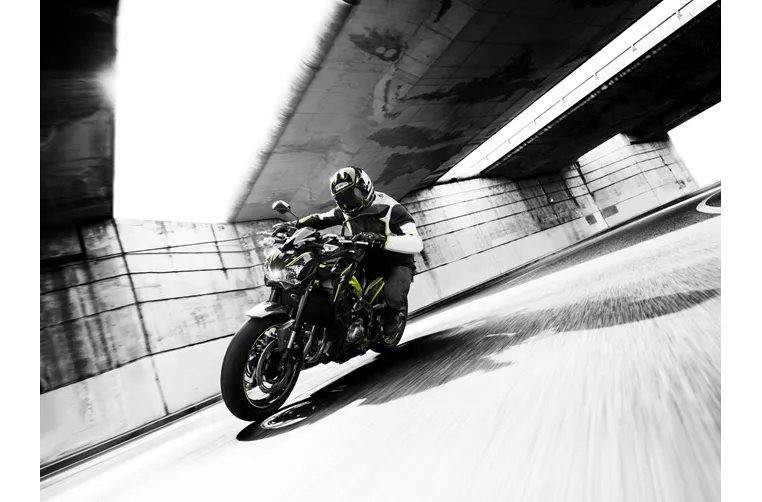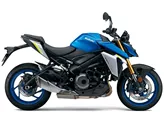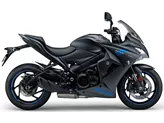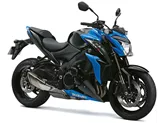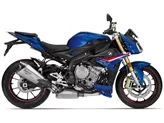Kawasaki Z900 2018 vs. Suzuki GSX-S1000 2018

Kawasaki Z900 2018

Suzuki GSX-S1000 2018
Overview - Kawasaki Z900 2018 vs Suzuki GSX-S1000 2018
The Kawasaki Z900 2018 and the Suzuki GSX-S1000 2018 are both powerful naked bikes with inline engines and similar technical specifications. However, there are some notable differences between the two models.
In terms of engine power, the Suzuki GSX-S1000 2018 has a slight advantage with 149 HP compared to the Kawasaki Z900 2018's 125.4 HP. The Suzuki also has a higher torque of 106 Nm compared to the Kawasaki's 98.6 Nm. This means that the Suzuki may offer slightly better acceleration and overall performance.
Both bikes have fuel injection systems and liquid cooling, ensuring efficient and reliable operation. They also have four cylinders and similar displacements, with the Kawasaki at 948 ccm and the Suzuki at 999 ccm.
In terms of suspension, both bikes feature upside-down telescopic forks at the front and swing arm suspension with a monoshock at the rear. The Kawasaki offers adjustment options for preload and rebound on both the front and rear suspension, while the Suzuki has additional compression adjustment for the front suspension. This may provide the Suzuki with more precise tuning options for different riding conditions.
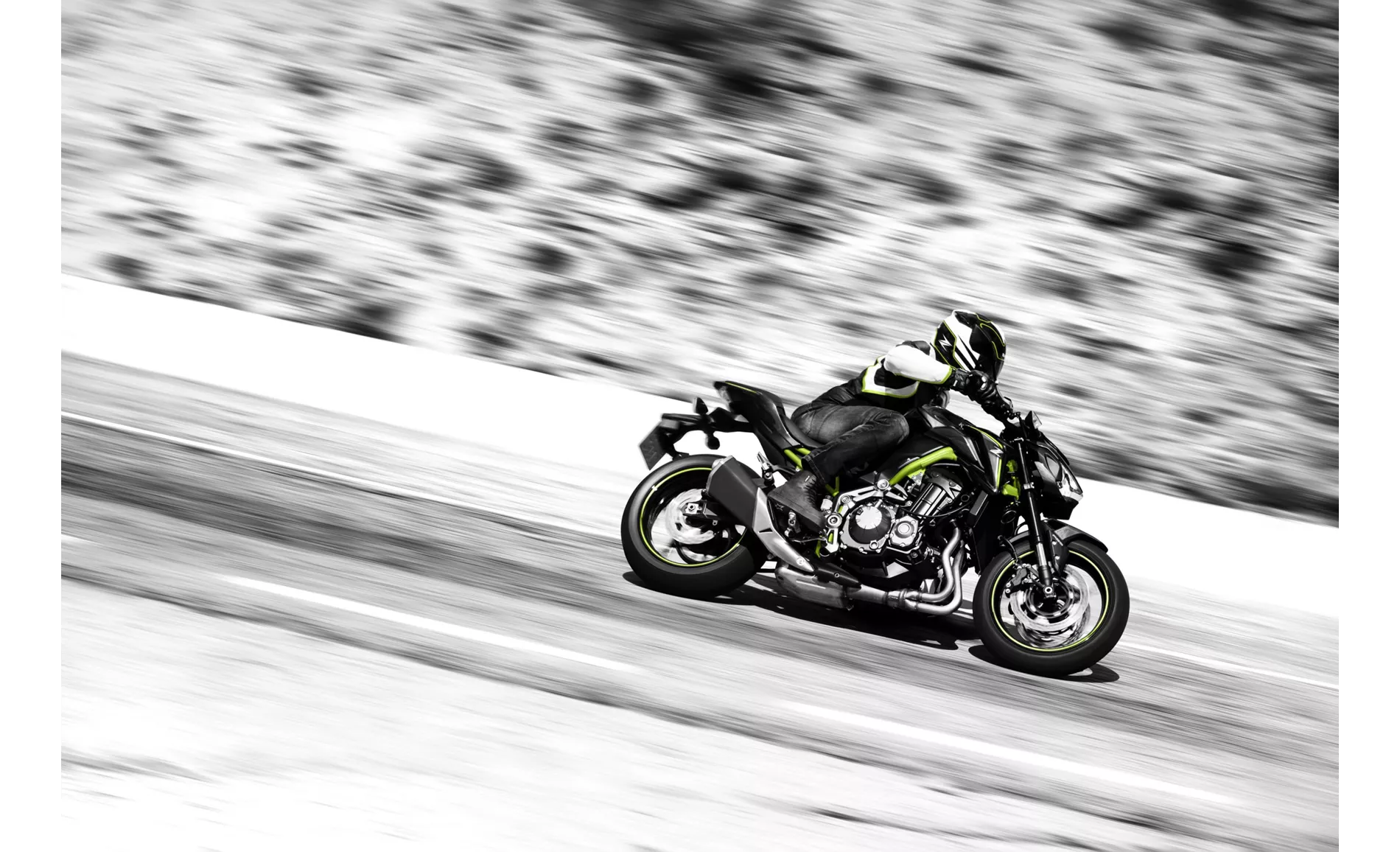
Kawasaki Z900 2018
The chassis of the Kawasaki Z900 2018 is made of steel and has a double cradle frame, while the Suzuki GSX-S1000 2018 has an aluminum frame with a twin tube design. The choice of materials and frame design may affect the overall weight and handling characteristics of the bikes.
Both bikes are equipped with double disk brakes at the front, with the Suzuki having slightly larger diameter disks at 310 mm compared to the Kawasaki's 300 mm. Both bikes also have four-piston calipers and ABS for advanced rider assistance.
In terms of dimensions and weights, the Suzuki GSX-S1000 2018 has a slightly longer wheelbase at 1460 mm compared to the Kawasaki Z900 2018's 1450 mm. The Suzuki also has a slightly higher seat height at 815 mm compared to the Kawasaki's 795 mm. However, the overall kerb weight with ABS is slightly lighter for the Suzuki at 209 kg compared to the Kawasaki's 210 kg.
Now, let's discuss the strengths and weaknesses of each bike. The Kawasaki Z900 2018 is praised for its powerful and smooth engine, providing a great sound experience. Its chassis offers a sharp and sporty look, and the low seating position contributes to easy handling and manoeuvrability.

Suzuki GSX-S1000 2018
On the other hand, the Suzuki GSX-S1000 2018 is known for its stable handling, inspiring confidence in the rider. The engine is also highly regarded for its sporty performance and the bike has a sexy look and sound. Additionally, the Suzuki provides pleasant riding comfort in the saddle and can ride dynamically or calmly, depending on the rider's preference.
However, the Kawasaki Z900 2018 has a couple of weaknesses. It lacks traction control, which may be a disadvantage in certain riding conditions. Additionally, tall riders may find the knee angle strenuous during long rides.
Similarly, the Suzuki GSX-S1000 2018 has a minor weakness in that it can be a little jerky when changing from push to load. Some riders also feel that a quickshifter with blipper would greatly enhance the bike's performance.
In conclusion, both the Kawasaki Z900 2018 and the Suzuki GSX-S1000 2018 are powerful and stylish naked bikes with their own strengths and weaknesses. The choice between the two ultimately depends on the rider's preferences and priorities, whether it be engine power, handling, comfort, or specific features.
Technical Specifications Kawasaki Z900 2018 compared to Suzuki GSX-S1000 2018
Pros and Cons in comparison
Pros and Cons in comparison
Kawasaki Z900 2018
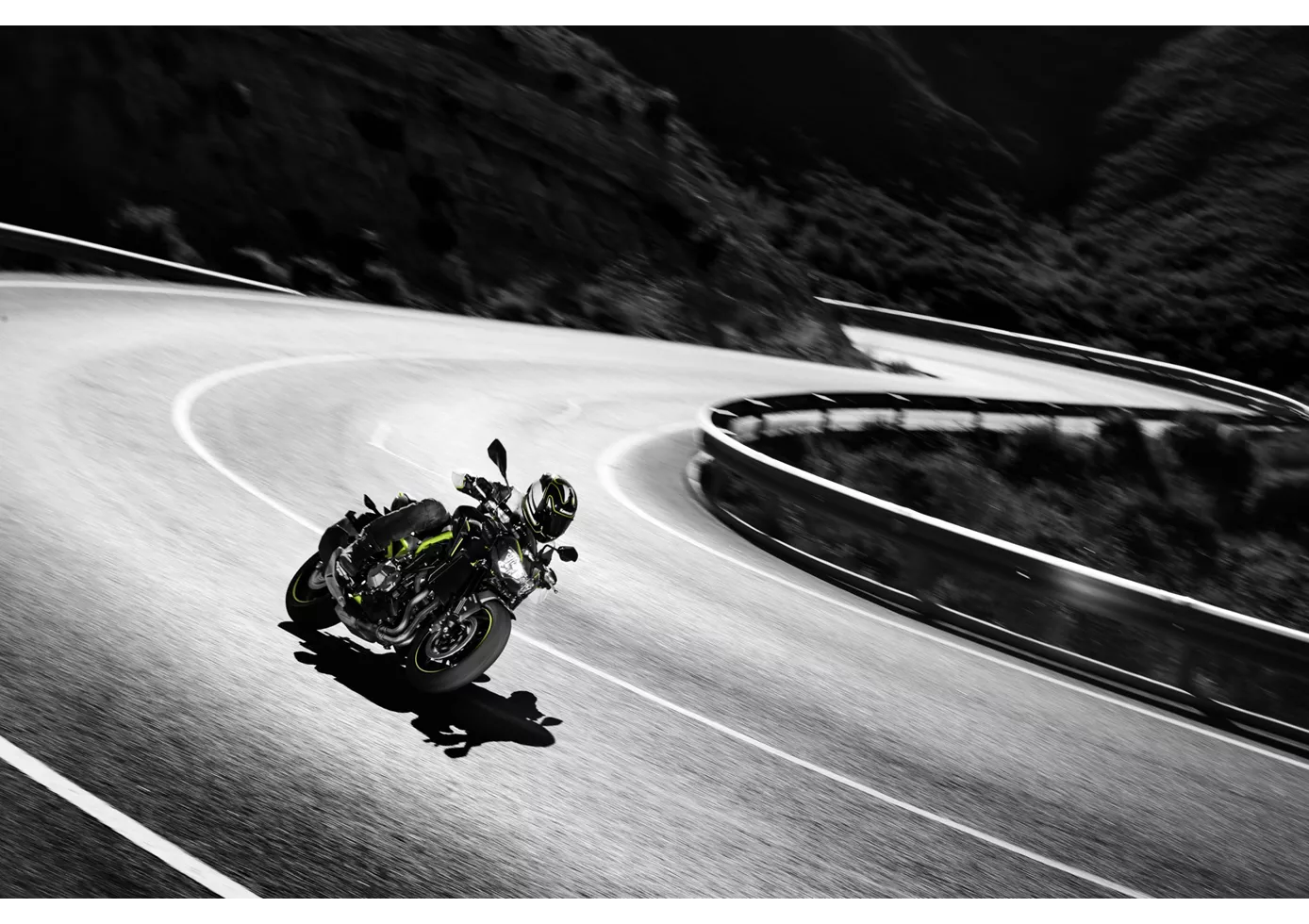
In the hotly contested naked bike segment, the Z900 plays right at the front. Above all, its engine is absolutely terrific, runs incredibly silky and offers rich power in all rev regions - as befits a Japanese four-cylinder. Its sporty, aggressive appearance matches this. It does without electronic bells and whistles, but still conveys a lot of confidence when chasing corners, braking and accelerating out of them. The low seat is especially beneficial for smaller riders, but taller riders might miss a flatter knee angle on long distances. The low weight and compactness make the Z900 particularly agile and easy to handle. A sporting cannon that is also extremely appealing in terms of price
Suzuki GSX-S1000 2018

The GSX-S 1000 from Suzuki looks sexy, has a powerful sound and really smart hardware. It rides stably, easily and is also fun to ride on tours. If necessary, the engine smokes up violently. But it can also be moved mildly. Compared to the finest Powernakeds, it lacks individual features, but anyone who looks at the price tag will quickly realise: A great choice!
Price Comparison Avarage Market Price Kawasaki Z900 vs Suzuki GSX-S1000
There are a few key differences between a Kawasaki Z900 2018 and a Suzuki GSX-S1000 2018. In terms of price, the actual average price of a Suzuki GSX-S1000 2018 is about 9% higher. A Kawasaki Z900 2018 experiences a loss of 650 GBP in one year and 530 GBP in two years of ownership. This is offset by a loss of 270 GBP and 1,020 GBP for a Suzuki GSX-S1000 2018. Compared to Suzuki GSX-S1000 2018 there are more Kawasaki Z900 2018 bikes available on the 1000PS.de Marketplace, specifically 55 compared to 9. It takes less time to sell a Kawasaki Z900 with 112 days compared to 177 days for a Suzuki GSX-S1000. Since model year 2017 1000PS.de editors have written 46 reviews for the Kawasaki Z900 and 36 reviews for the Suzuki GSX-S1000 since model year 2015. The first review for the Kawasaki Z900 was published on 11/11/2016 and now has more than 93,200 views. This compares to more than 17,100 views for the first review on Suzuki GSX-S1000 published on 27/09/2014.
